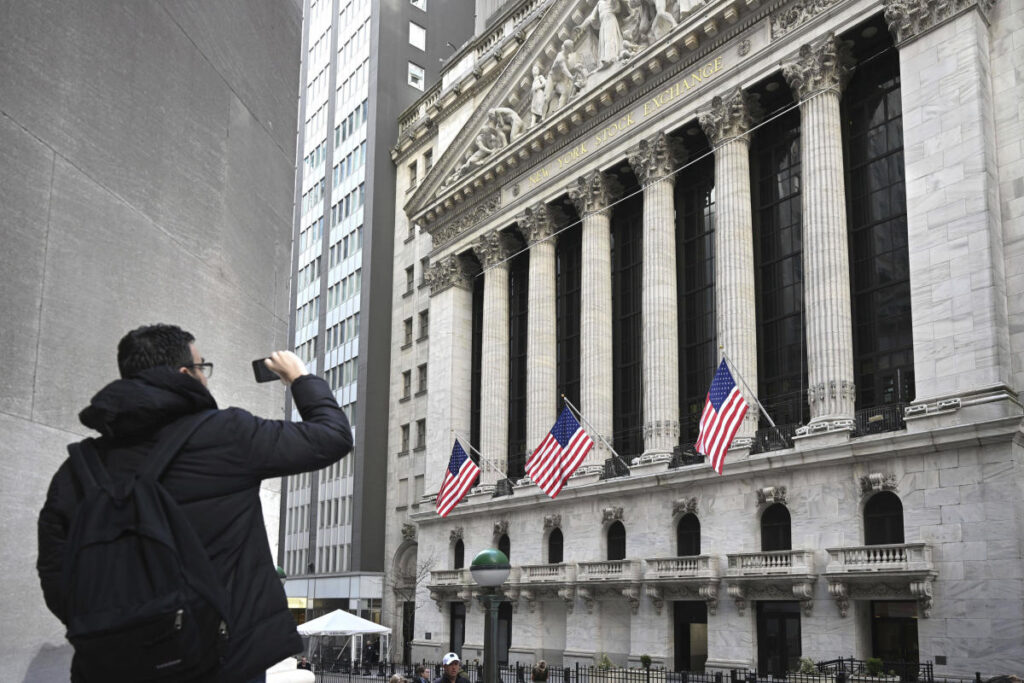The U.S. stock market operates on a structured schedule with specific holidays and early closures that investors must consider. In the year 2025, Wall Street will observe ten holidays, including significant federal and banking holidays. The regular trading hours for the major stock exchanges, the New York Stock Exchange (NYSE) and Nasdaq, are from 9:30 a.m. to 4 p.m. Eastern time, Monday through Friday. Both exchanges close during weekends, though trading can still occur in the extended hours, albeit with increased risks. Understanding the market’s holiday schedule is crucial for investors and traders to plan their activities effectively and avoid unnecessary pitfalls during these off-days.
For 2025, the specific holidays observed by the NYSE and Nasdaq include New Year’s Day on January 1, Martin Luther King Jr. Day on January 20, Presidents’ Day on February 17, Good Friday on April 18, Memorial Day on May 26, Juneteenth on June 19, Independence Day on July 4, Labor Day on September 1, Thanksgiving on November 27, and Christmas on December 25. Moreover, there are three early closures at 1 p.m. Eastern time prior to noteworthy holidays: July 3 (the day before Independence Day), November 28 (the day after Thanksgiving), and December 24 (Christmas Eve). It’s important for traders to be aware of these times to manage their portfolios effectively.
The following year, in 2026, the market will observe similar holidays, with New Year’s Day falling on January 1 and continuing through the calendar with adjusted dates for holidays like Independence Day and Thanksgiving, as determined by the day of the week they fall on. Generally, holidays that are fixed, like the Fourth of July and Christmas Day, may involve the market closing on the nearest weekday to accommodate weekends. Conversely, when New Year’s Day falls on a Saturday, the market remains open the Friday before, which illustrates the nuanced approach taken by the exchanges regarding holiday observances.
In addition to stock market holidays, the bond market also follows a specific schedule as regulated by the Securities Industry and Financial Markets Association (SIFMA). For both 2025 and 2026, the bond market will close on the same ten holidays observed by the stock exchanges, along with additional closures for Indigenous Peoples’ Day and Veterans Day. There are also early closures at 2 p.m. on various occasions leading up to recognized holidays, such as Maundy Thursday, the day before Independence Day, Black Friday, and Christmas Eve, emphasizing the need for traders to adapt their strategies in accordance with these timings.
Interestingly, while the stock and bond markets adhere to this formal holiday schedule, the cryptocurrency market remains operational around the clock without any holiday interruptions. Cryptocurrency trades are executed through a decentralized network, allowing for 24/7 trading throughout the year. This feature of cryptocurrencies contrasts with traditional markets, offering investors more flexibility and opportunities to engage in trading whenever they choose, regardless of public holidays or market closures.
It is also noteworthy that, while Veterans Day is honored as a national holiday, both the NYSE and Nasdaq will remain open for regular trading hours on that day, although the bond market will observe it with a closure. Hence, investors should be aware of these distinctions when developing their trading plans. By understanding the holiday schedules of the stock and bond markets and contrasting them with the continuous operations of the cryptocurrency market, traders can make informed decisions that align with their investment goals.

